The Evolution of Drone Technology: What to Expect in the Next 5 Years
In the current scenario, drone technology is evolving rapidly in India and around the world, and it is impacting various industries and daily life.&nb
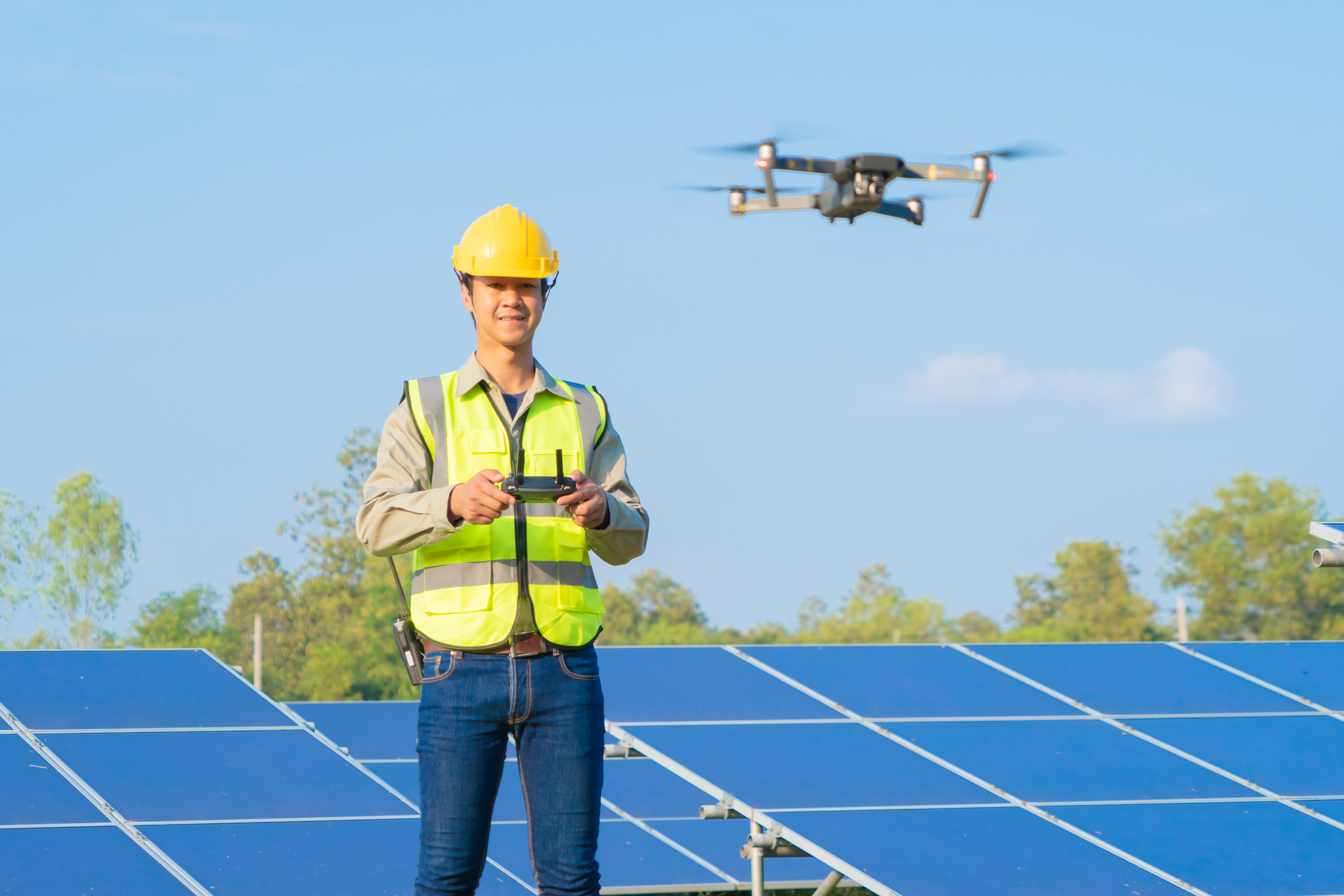
Drones have been hovering in the sky for a long time. Drones have evolved constantly and advanced drones are bursting onto the scene with time. The progress of this technology presents a lot of prospects for the renewable energy industry to use drones, because of their exclusive multitasking capabilities. In this blog, we will talk about helping the renewable energy sector in India, which, according to India Brand Equity Foundation data, is the world's fourth most attractive renewable energy market. Renewable energy will comprise 55% of the total installed power capacity by 2030.
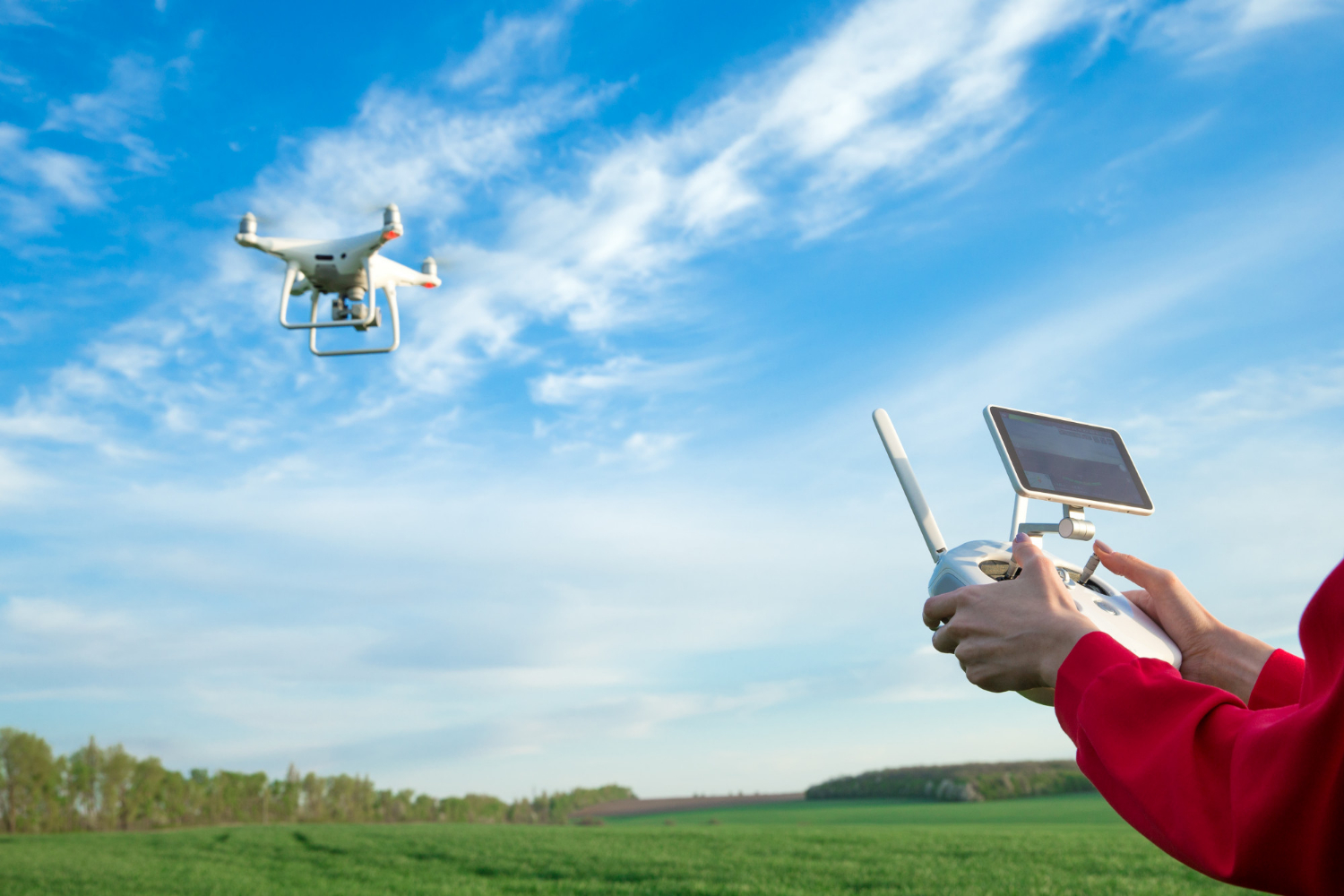
The evolution to renewable energy, mainly solar and wind energy, is rapidly gaining momentum worldwide and in India. The introduction of drones has shown great promise. With the increase in the use of drones in almost all sectors, the renewable energy sector has also not been left untouched. Because of this, the demand for drone pilots is constantly on the rise in the renewable energy industry.
Application of Drones in Various Renewable Sectors
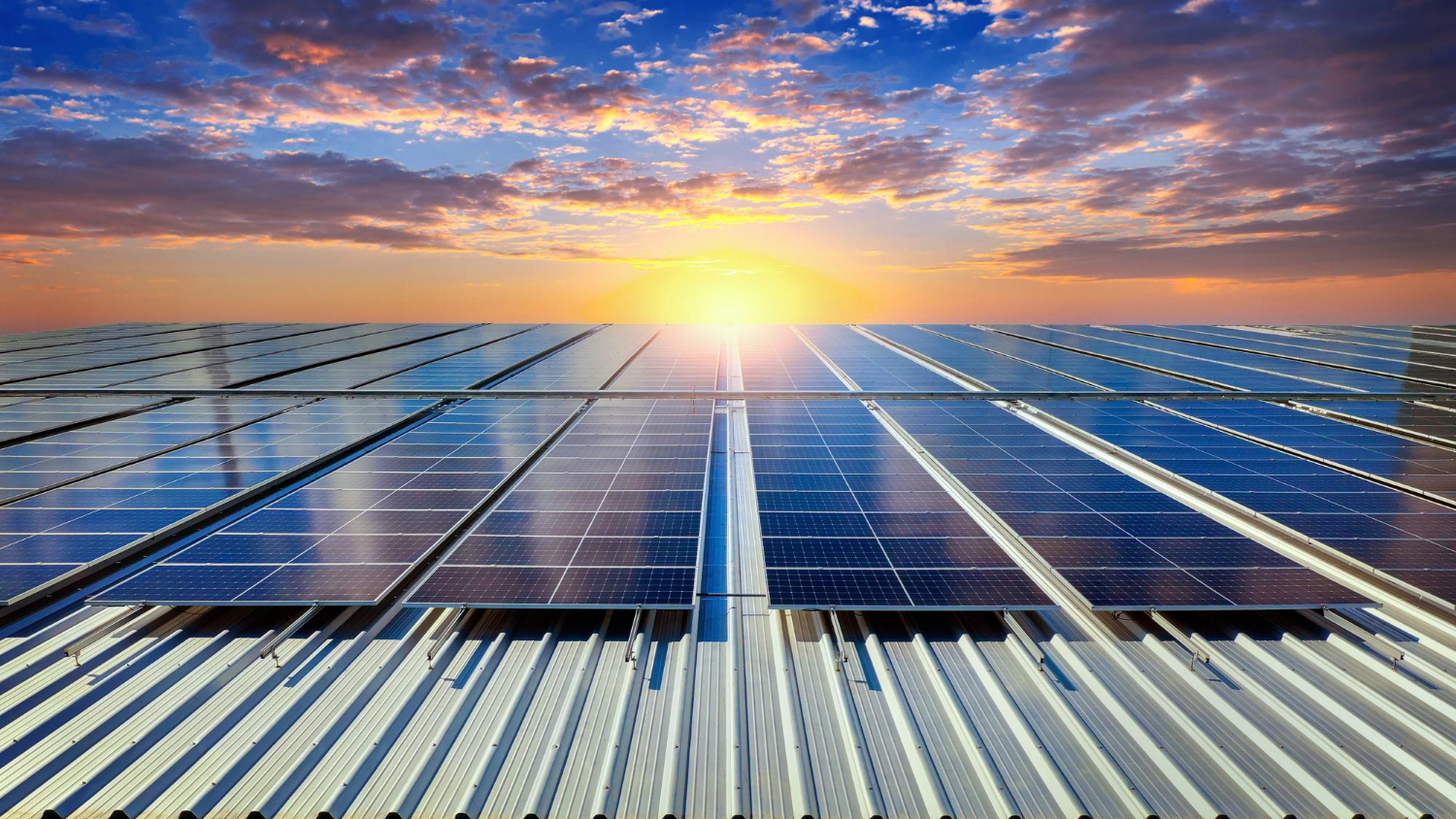
Installing solar panels on the top of the roofs is not easy. Companies should ensure that their installation is done right to achieve a high ROI and satisfactory results. The solar energy system's efficacy hinges on panel exposure to the sun, the surface on which it is fitted, maintenance, and site shading. You should evaluate the condition of the site. It might include several trial errors, such as moving a design team from one site to another, which can exceed the budget.
Similarly, India requires a lot of energy resources for its rising population, and thus, it needs solar photovoltaic technology that can scale quickly. Adding adequate solar capacity is sometimes daunting, given the hours required to install, uphold and repair the PV infrastructure.
Drones are reforming India’s energy landscape by adding value to the life cycle of the solar plants to increase operational efficiency.
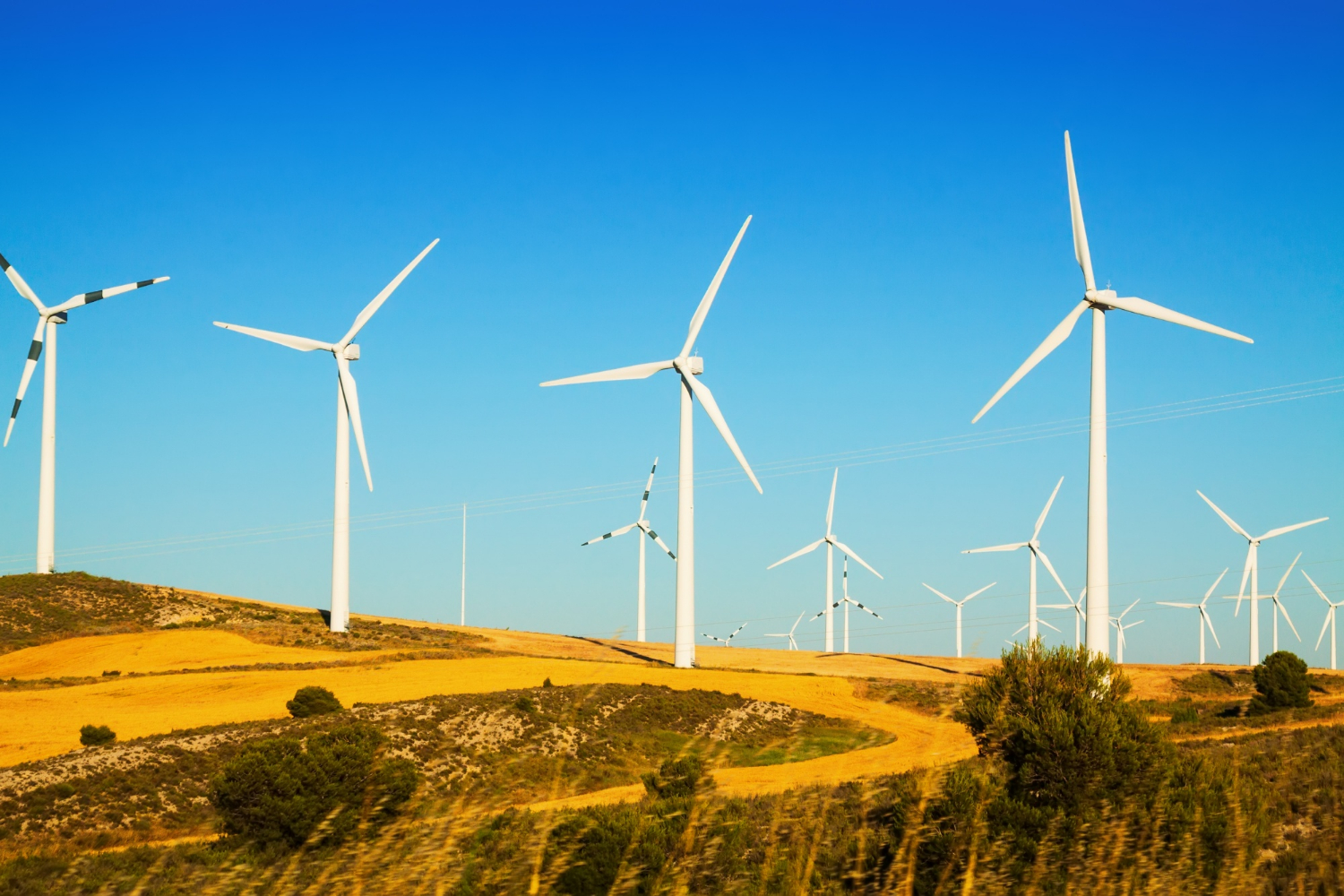
Wind turbine and blade inspection are challenging in this sector, as the blade's internal structure might develop structural problems. Likewise, the operator hangs with a rope in manual inspection and inspects the wind turbine. Manual inspections are not only dangerous but also time-consuming.
Drones are proving to be a boon in wind turbine inspections. Drone use disregards safety issues and increases the speed and efficiency of the tasks. Not only have they decreased the risks related to inspection and upkeep, but they have also improved the life of wind turbines.
Furthermore, traditional manual inspections may inspect 2-3 wind turbines daily. Instead, drones can inspect 12-15 turbines per team per day, helping companies save on costs and time.
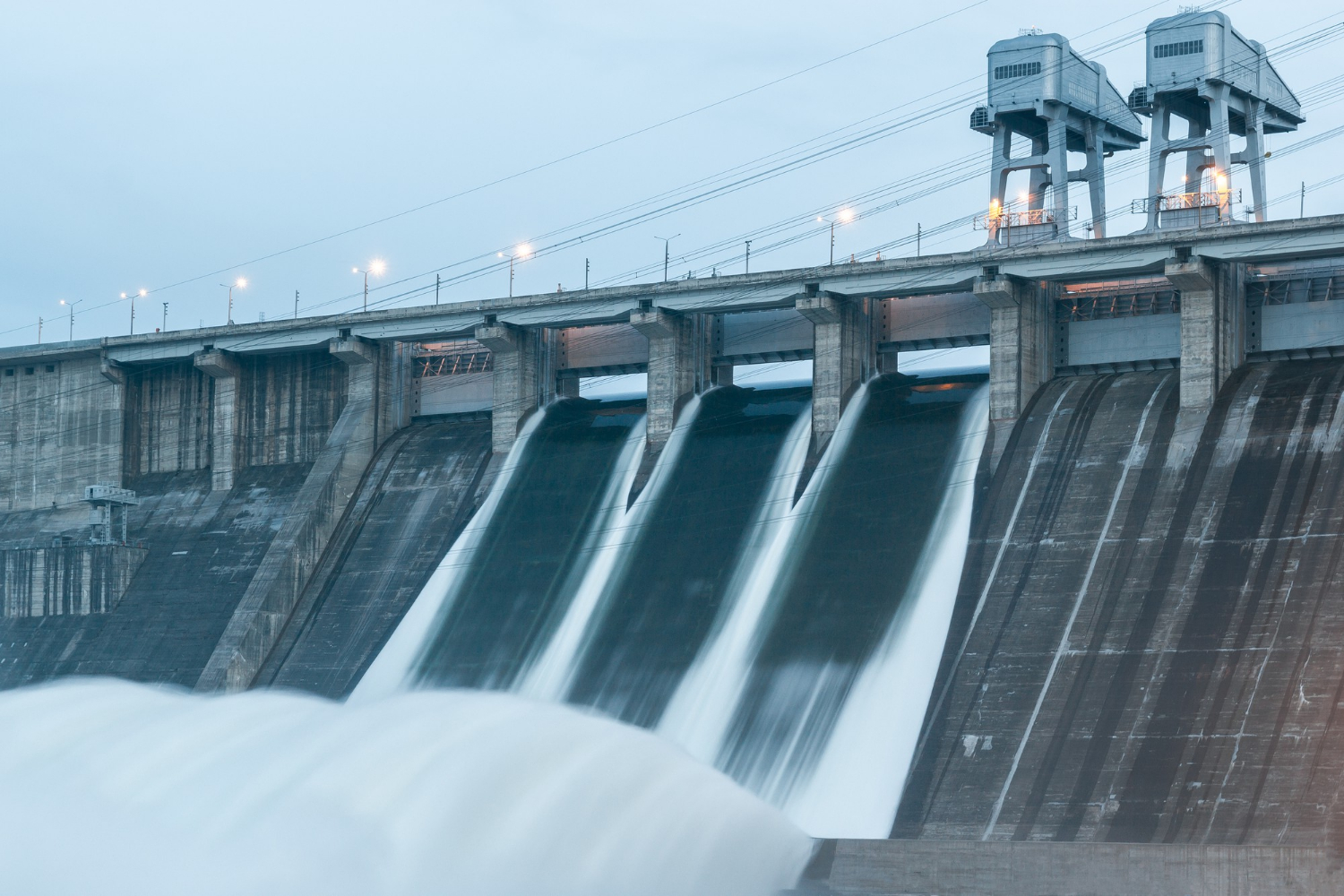
Regular inspections of the exterior of the dam, including surge tanks, tunnels, and downstream slopes, are significant to its safety. Before drones, engineers performed rope-access inspections to inspect the entire dam’s condition. With drones, these tasks are performed by drones, together with many others like construction monitoring and dam monitoring.
Drones can offer safe and fast surveys of geothermal regions in hazardous, inaccessible terrains.

Efficient Inspection of Infrastructure
Drones can quickly evaluate the condition of equipment or assets, reducing downtime and allowing for timely maintenance.
Site Planning and Surveying
Drones can collect detailed geographical data at high speed, helping to select ideal locations for wind farms or solar installations.
Environmental Impact Assessment
Environmental impact valuations are important in renewable energy, guaranteeing projects follow sustainability standards.
Thermal Imaging for Performance Monitoring
Thermal imaging technology permits early detection of equipment failure, improving strategies for predictive maintenance.

If the renewable energy sector wants to use drones more effectively, a trained drone pilot is needed. This is because inspecting conditions or terrain is difficult. Seasoned drone pilots can provide you with all the data or images from the inspection flight to review. If a company is of the opinion that in-house experts are better suited to operate drones, then they should be given proper training and should be certified by the DGCA to carry out drone piloting for the renewable energy sector.

India’s renewable energy sector enthusiastically pursues effective drone technology. In recent years, many Indian companies have deployed drones to streamline various processes in this sector. The use of drones in various industries, including the renewable energy sector, will not stop now. Drones are here to stay and make a mark on almost every industry, and that’s exactly what they are doing.
With the continuously evolving technology, drones will only improve in terms of technology and battery life. Smart drones have hit the market, not just in India but all over the world, and with Artificial Intelligence and Machine Learning, now the march is towards full autonomy.
Whether inspecting a solar panel on a roof or a 350-foot blade out in the middle of the ocean, drones now offer lucrative inspection and augmented employee safety.
The increased requirement for enhanced security when offering essential services, such as power generation and remote wind and solar farms, can be significantly benefited from adopting drone usage in their operations. When you think about how much drones have enhanced some industries, you might be surprised to find the number of uses of drones, and the renewable energy sector is no exception.
If you want to learn about the tits and bits of piloting a drone, then it is always advisable to join an RPTO, which can make you aware about, both, theoretical as well as the practical aspects of drone piloting to become a drone pilot or drone pilot instructor, Flapone Aviation is the place, you should consider enrolling in, as we have the best infrastructure, technology and most importantly, the faculty of the institute. So, what are you waiting for? Enroll now and explore the new world of drones that lies before you, to be a part of!
Whether you're a beginner or looking to upskill, our training advisors can help you choose the right course.